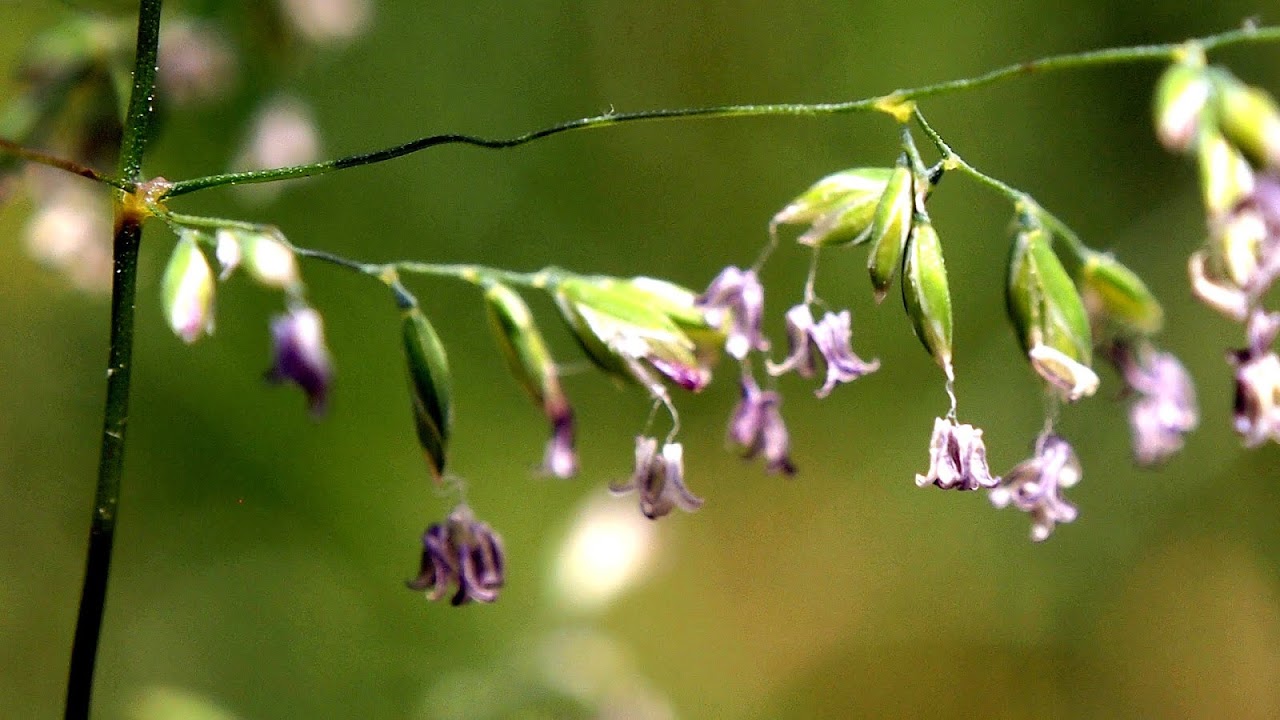Poa pratensis, commonly known as Kentucky bluegrass, smooth meadow-grass, or common meadow-grass, is a perennial species of grass native to practically all of Europe, northern Asia and the mountains of Algeria and Morocco. Although the species is spread over all of the cool, humid parts of the U.S., it is not native to North America. Early European colonists brought seed of Kentucky bluegrass to the New World in mixtures with other grasses. Poa pratensis forms a valuable pasture plant, characteristic of well-drained, fertile soil. It is also used for making lawns in parks and gardens and is common in cool moist climates like the northeastern United States. When found on native grasslands in Canada, however, it is considered an unwelcome exotic plant, and is indicative of a disturbed and degraded landscape.

Maps, Directions, and Place Reviews
Taxonomy
Poa pratensis was one of the many species described by Carl Linnaeus in his landmark work Species Plantarum in 1753. Poa is Greek for fodder and pratensis is derived from pratum, the Latin for meadow. The name Kentucky bluegrass derives from its flower heads, which are blue when the plant is allowed to grow to its natural height of 60 to 90 cm (2 to 3 feet).
Poa pratensis is the type species of the grass family Poaceae.
There are two ill-defined subspecies:
- Poa pratensis ssp. pratensis - temperate regions
- Poa pratensis ssp. colpodea - Arctic
Description
Poa pratensis is a herbaceous perennial plant 30-70 centimetres (12-28 in) tall. The leaves have boat-shaped tips, narrowly linear, up to 20 centimetres (8 in) long and 3-5 millimetres (0.12-0.20 in) broad, smooth or slightly roughened, with a rounded to truncate ligule 1-2 millimetres (0.039-0.079 in) long. The conical panicle is 5-20 centimetres (2-8 in) long, with 3 to 5 branches in the basal whorls; the oval spikelets are 3-6 millimetres (0.12-0.24 in) long with 2 to 5 florets, and are purplish-green or grey. They are in flower from May to July, compared to annual meadowgrass (Poa annua) which is in flower for eight months of the year. Poa pratensis has a fairly prominent mid-vein (center of the blade).
The ligule is extremely short and square ended, making a contrast with annual meadowgrass (Poa annua) and rough meadowgrass (Poa trivialis) in which it is silvery and pointed. The Kentucky bluegrass is a dark green/blue compared to the apple-green color of Poa annua and Poa trivialis.
The rootstock is creeping, with runners (rhizomes). The broad, blunt leaves tend to spread at the base, forming close mats.

Ecology
This species is among the food plants of the caterpillars of the meadow brown (Maniola jurtina) and gatekeeper (Pyronia tithonus) butterflies; the common sun beetle (Amara aenea) (adults feed on the developing seeds), Eupelix cuspidata of the leafhopper family, and Myrmus miriformis, a grassbug (feeds on young blades and developing seeds).

Cultivation and production
Since the 1950s and early 1960s, 90% of Kentucky bluegrass seed in the United States has been produced on specialist farms in Idaho, Oregon and Washington.

Hybridization with Poa arachnifera
During the 1990s botanists began experimenting with hybrids of Poa pratensis and Texas bluegrass (P. arachnifera), with the goal of creating a drought and heat-resistant lawn grass.
Source of the article : Wikipedia


EmoticonEmoticon